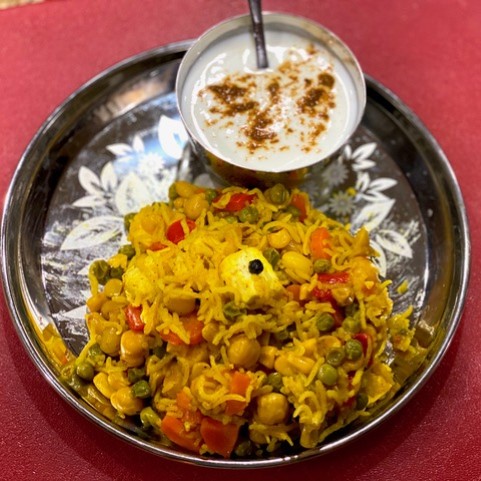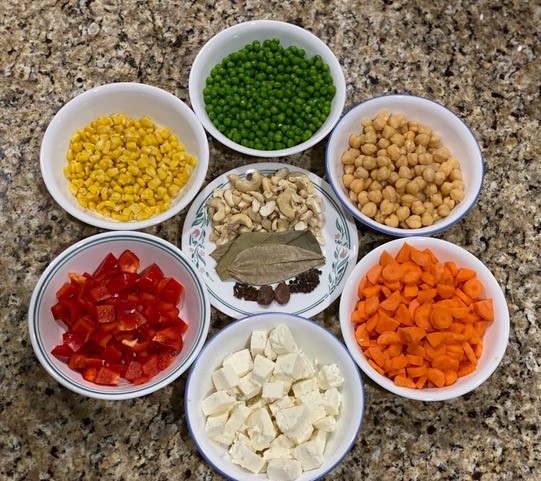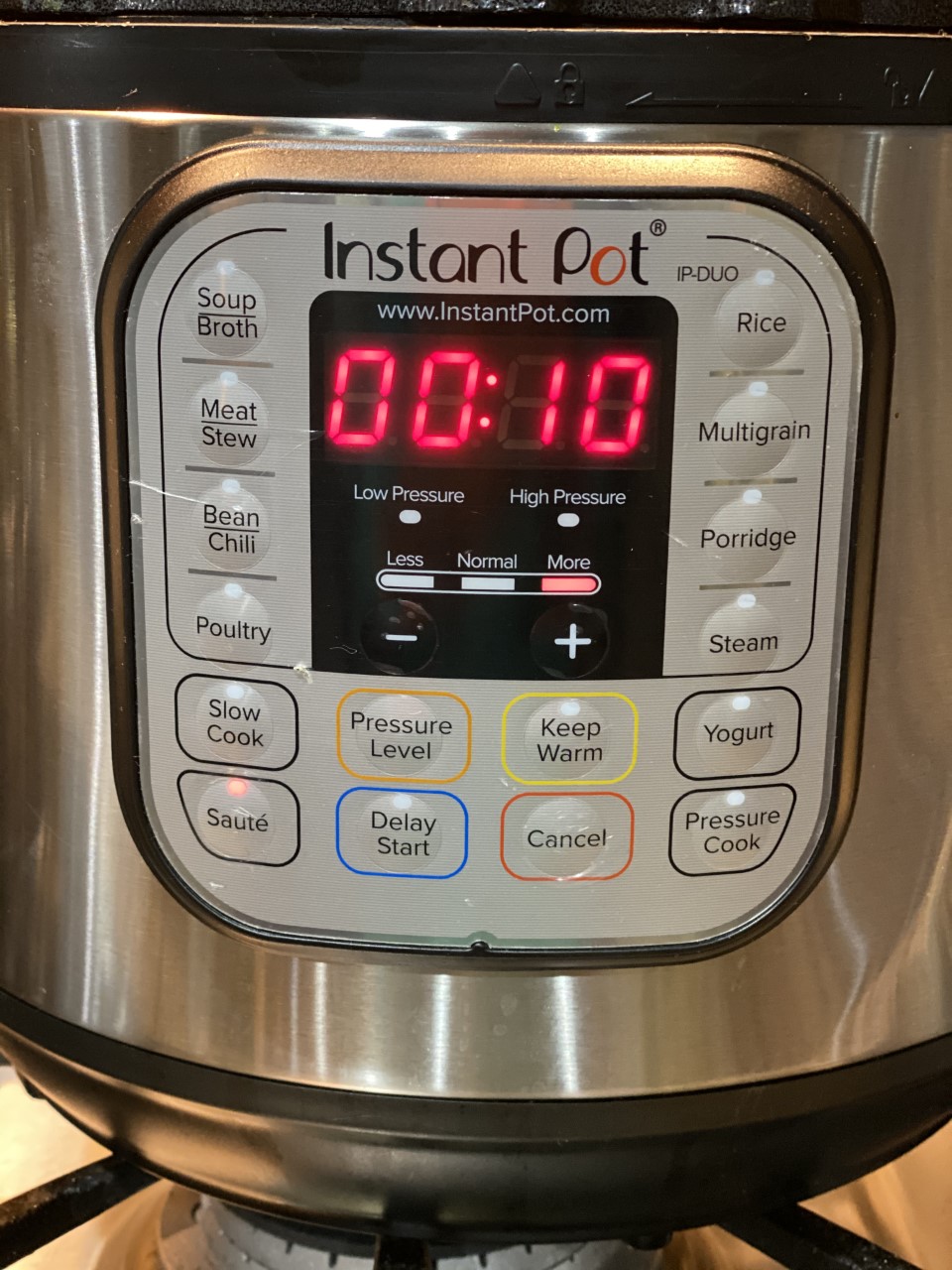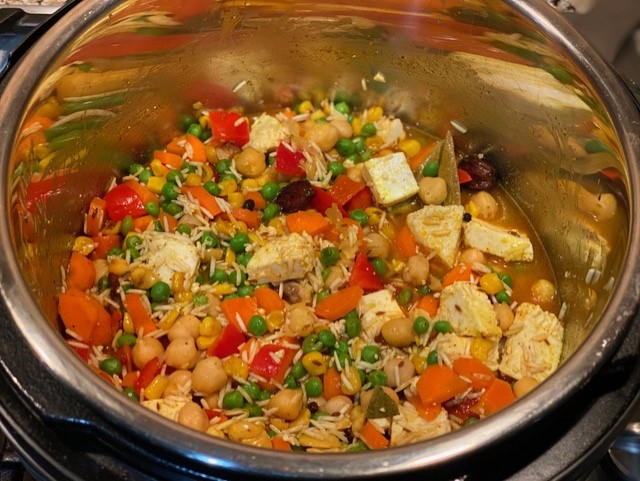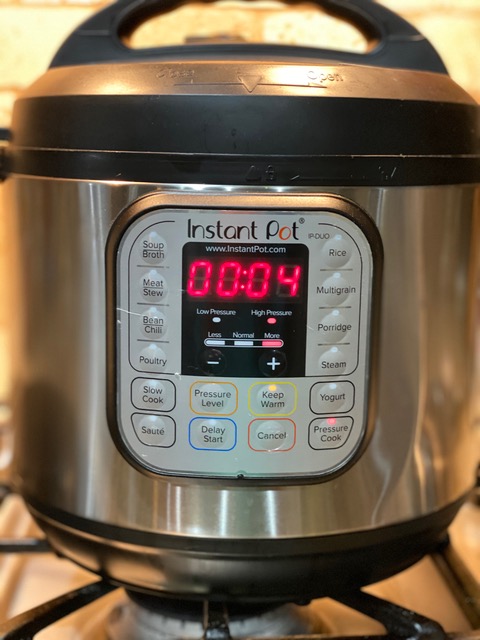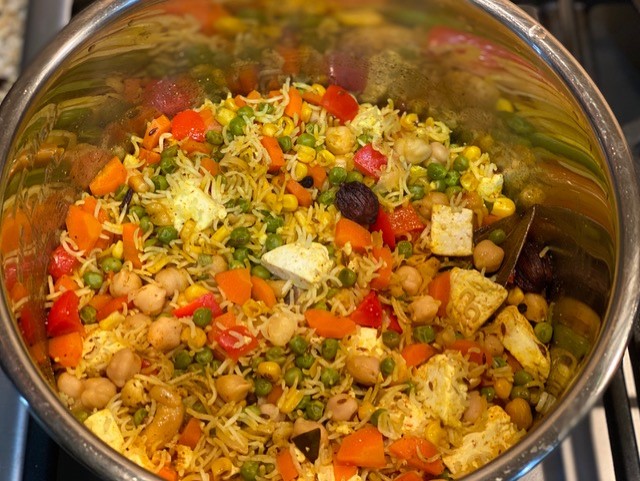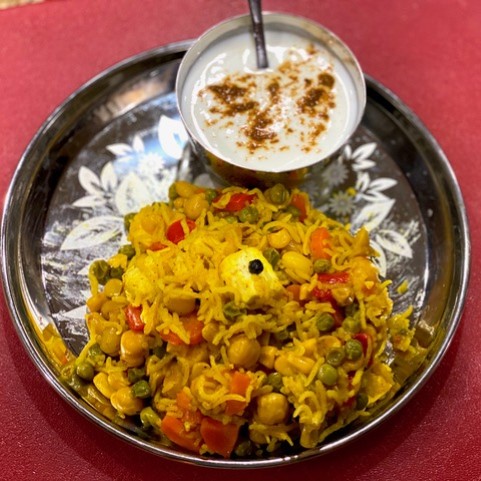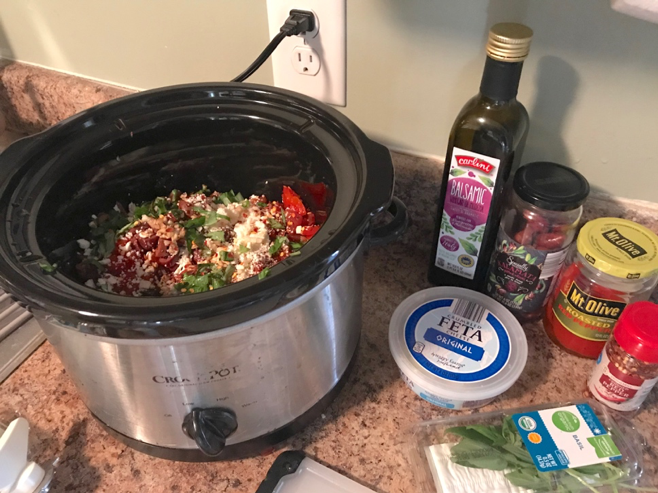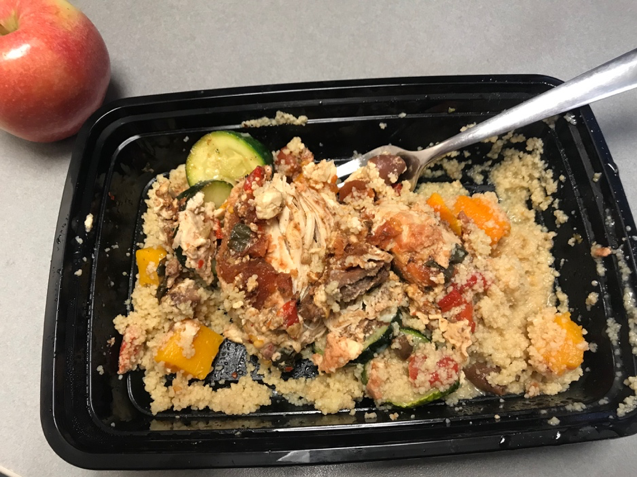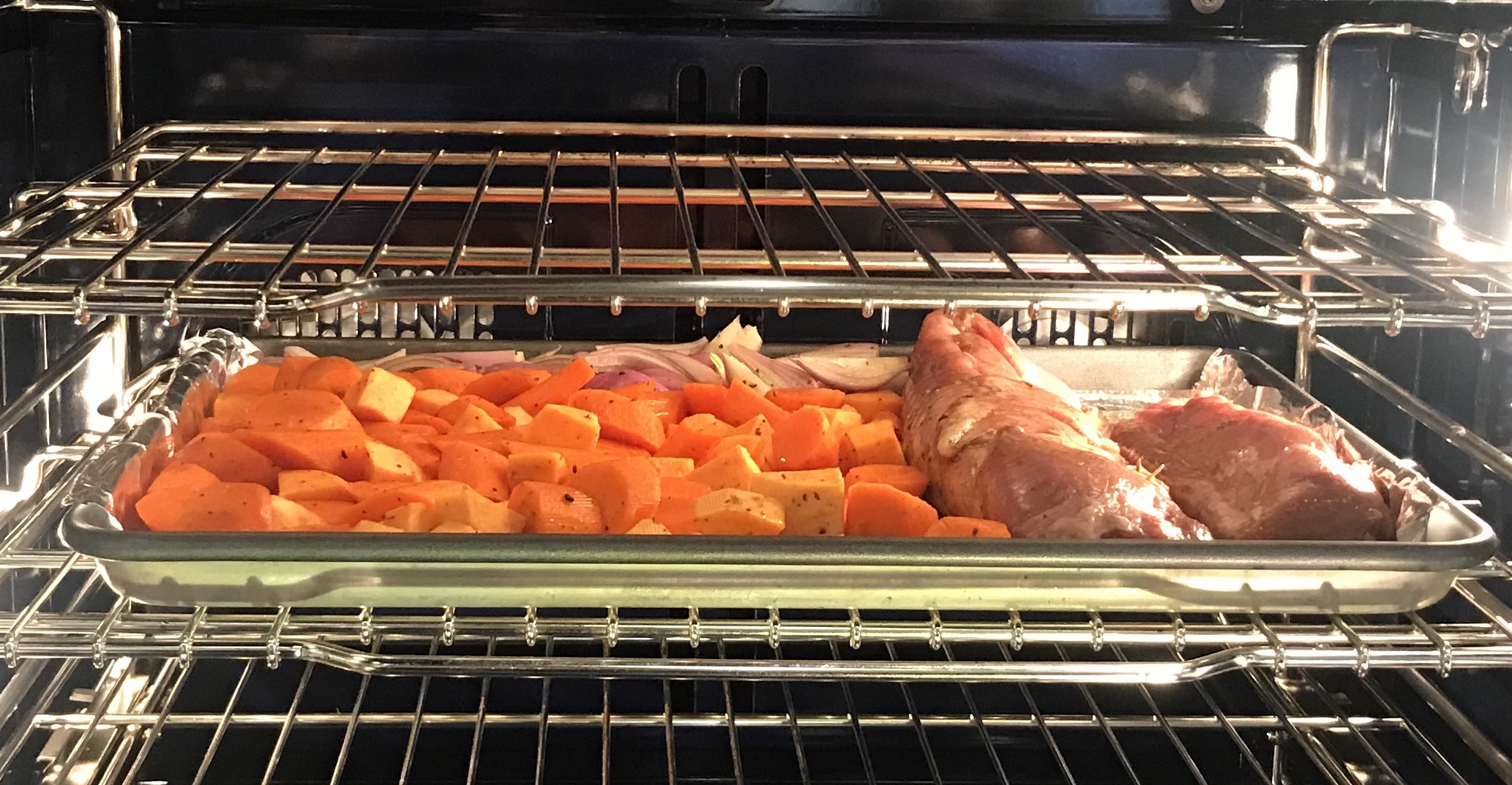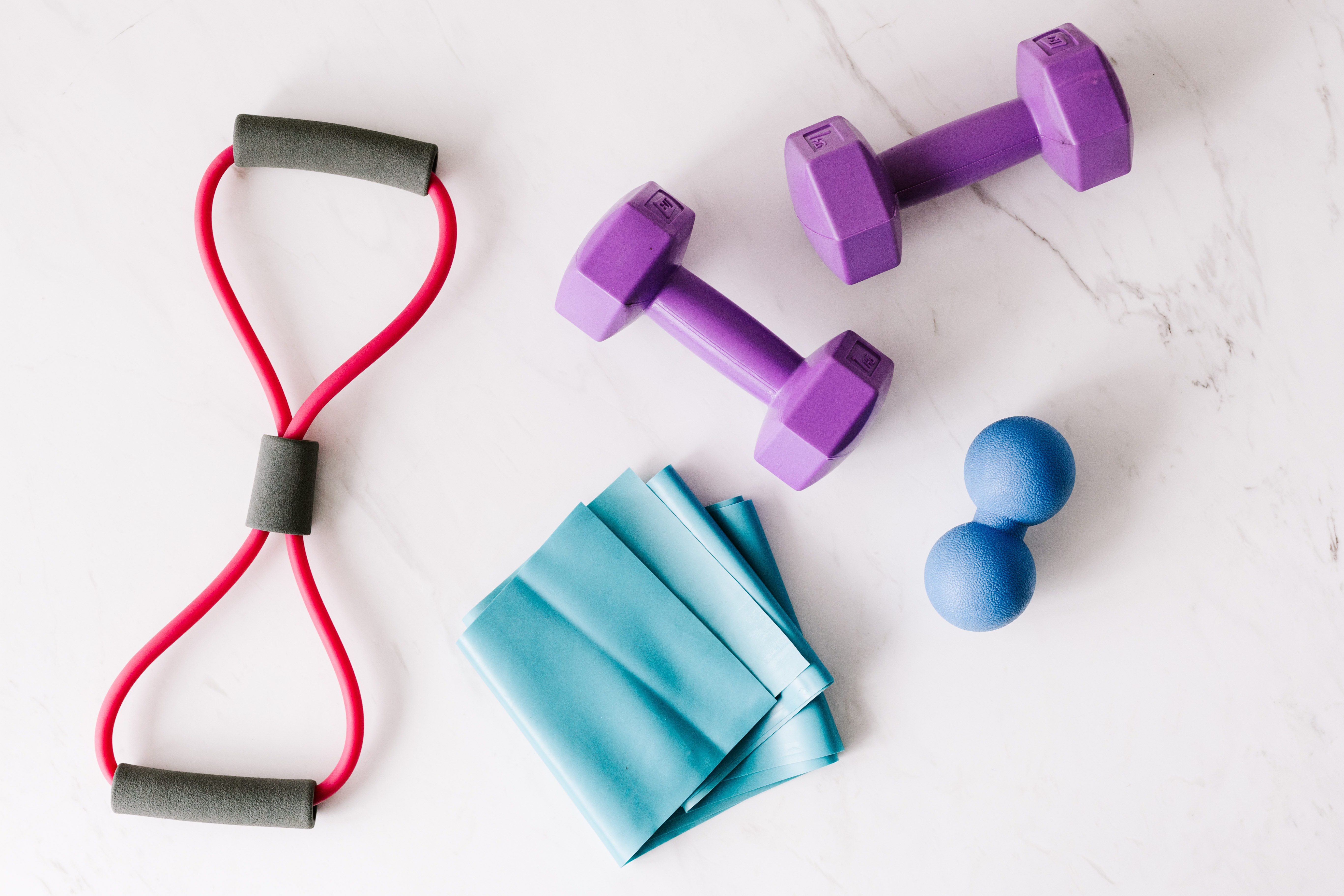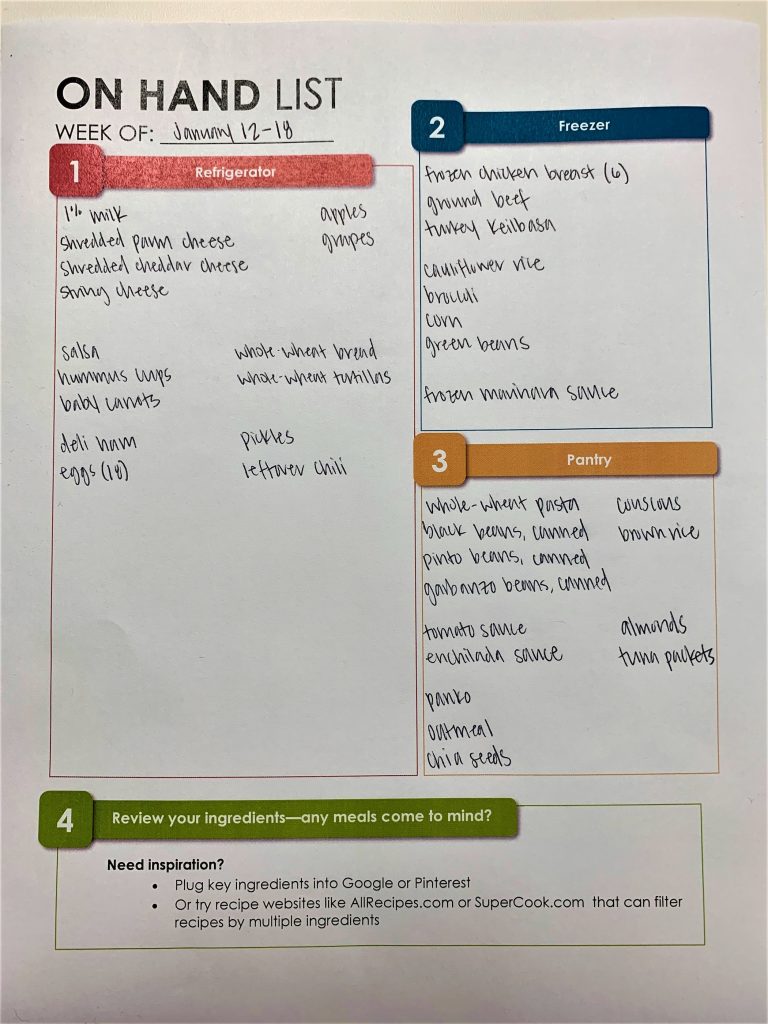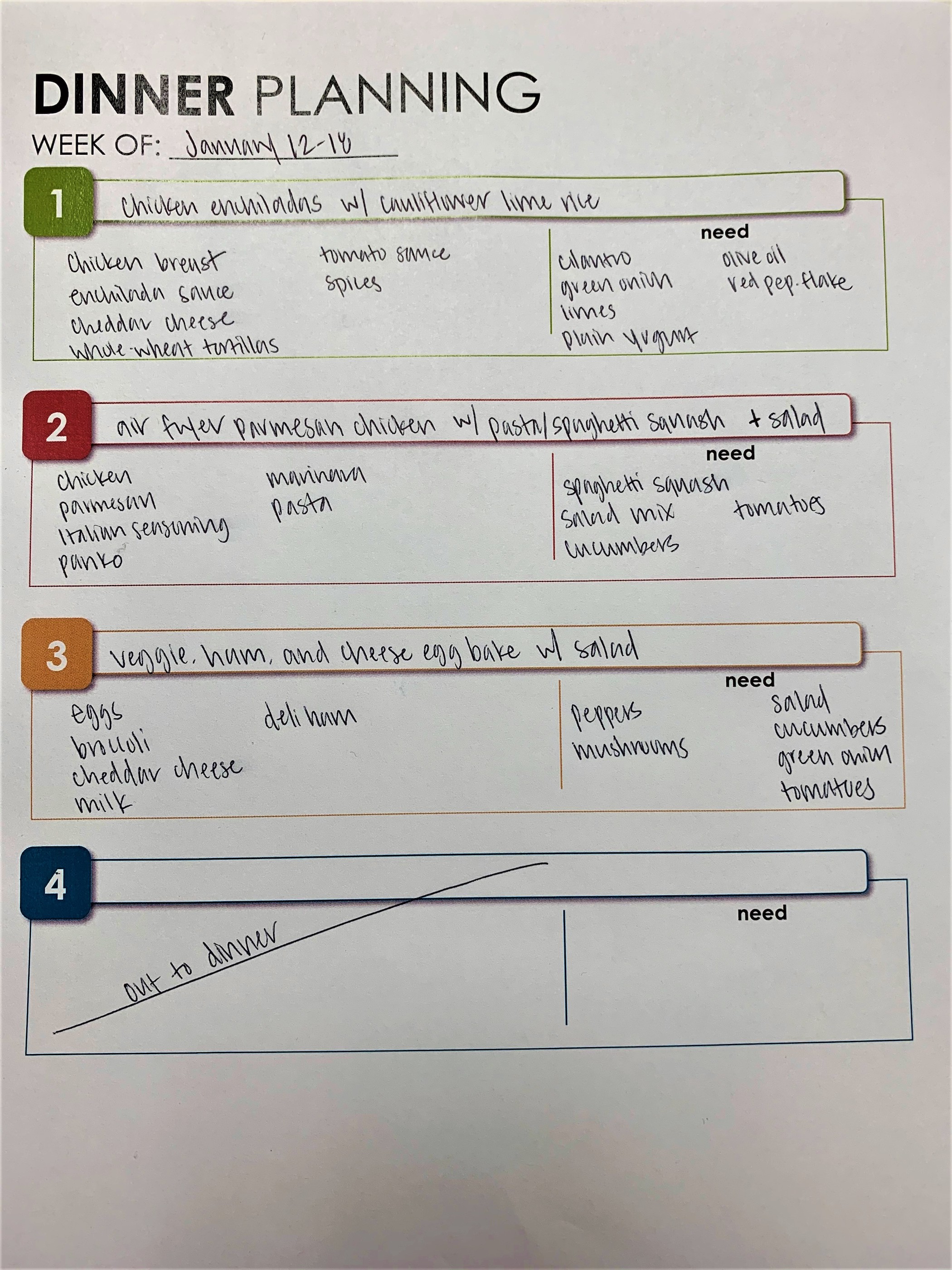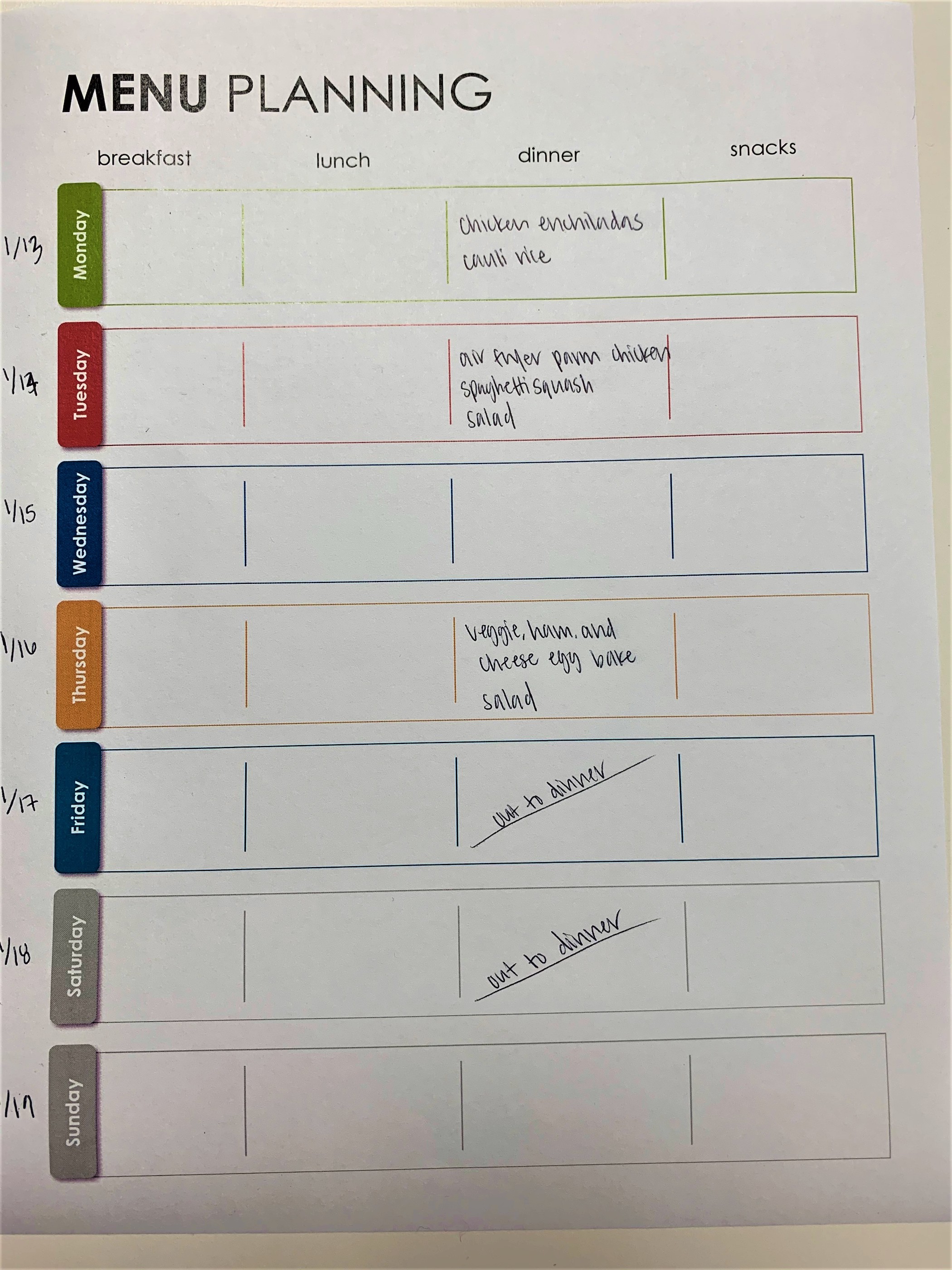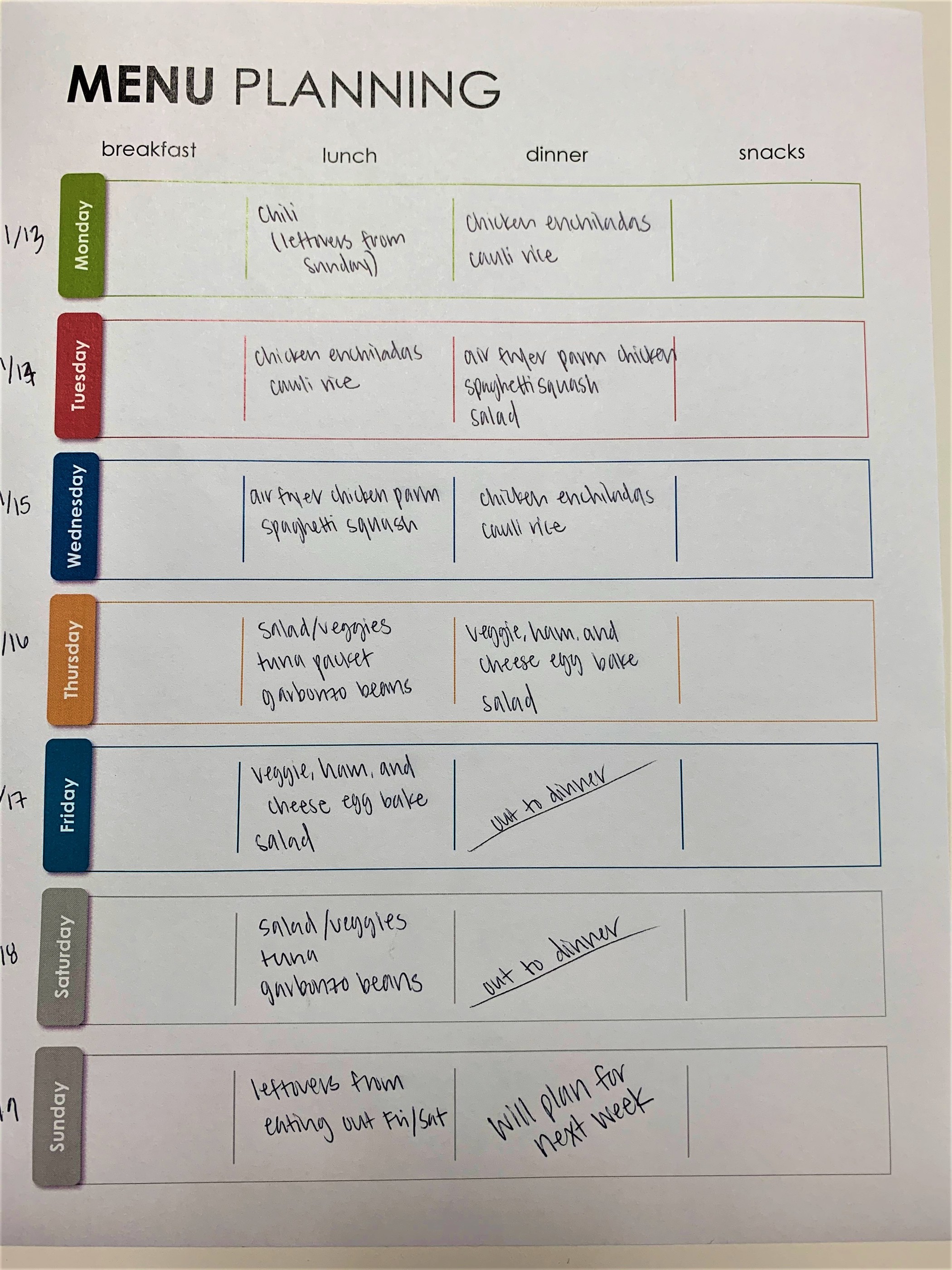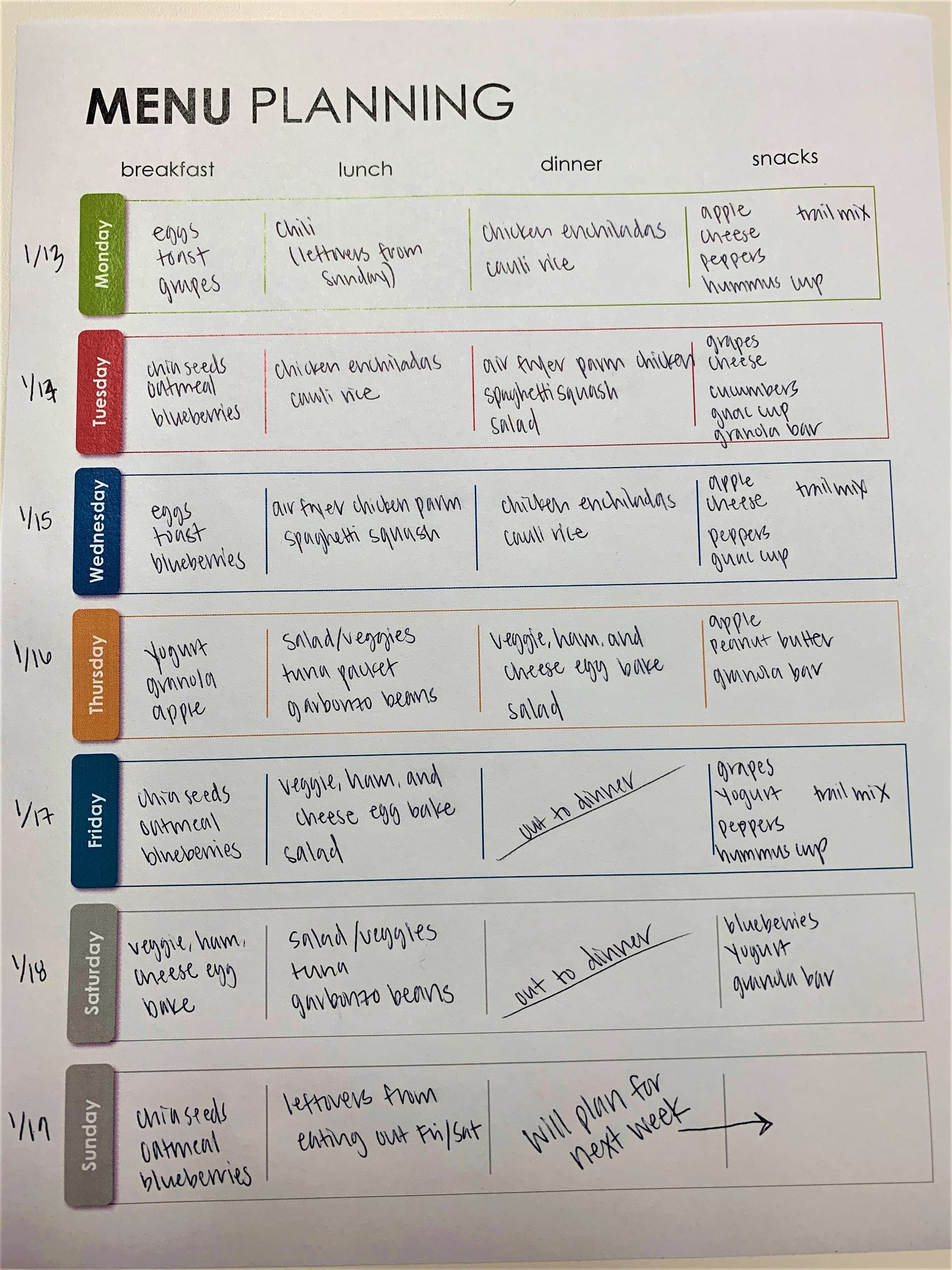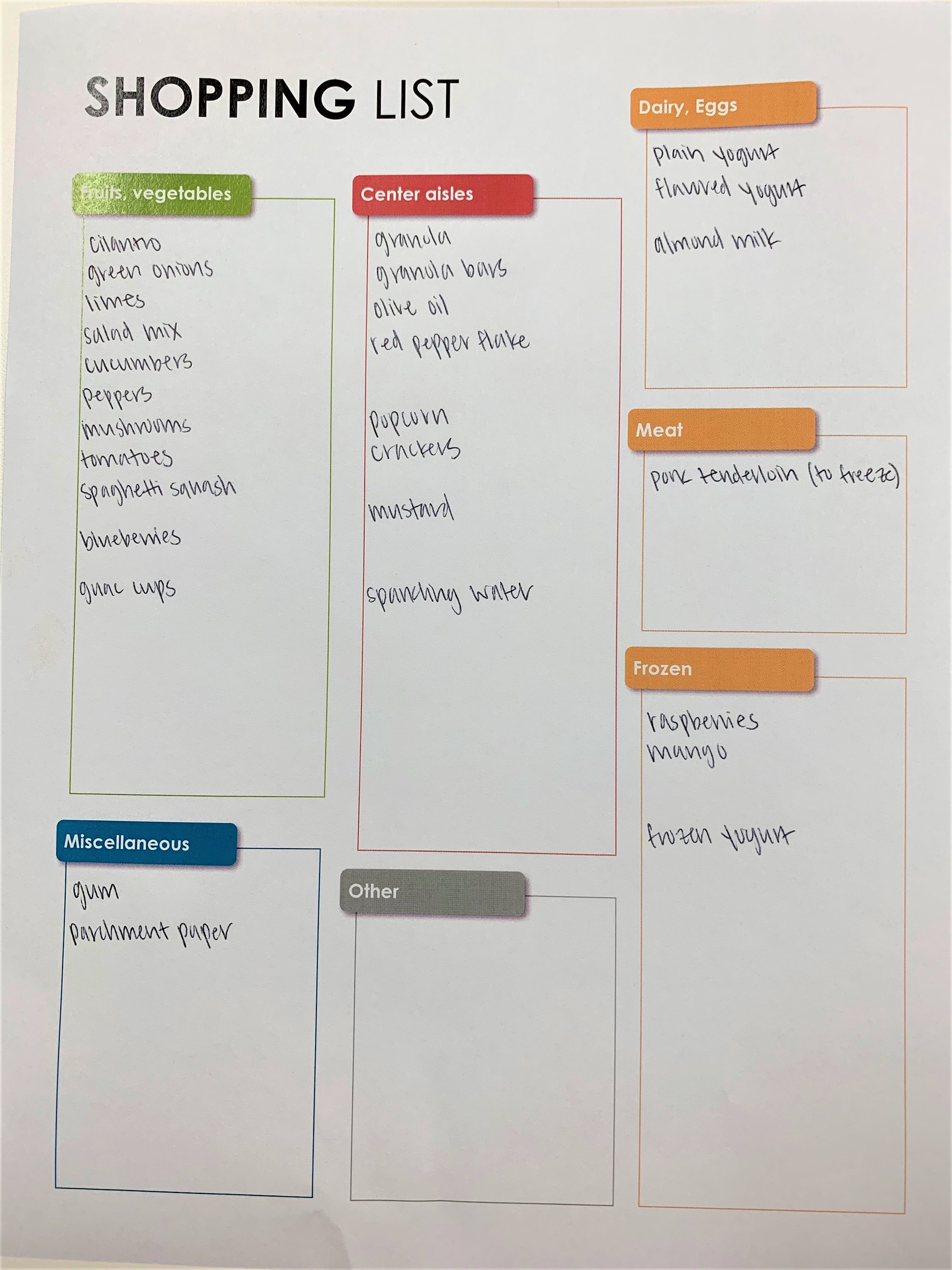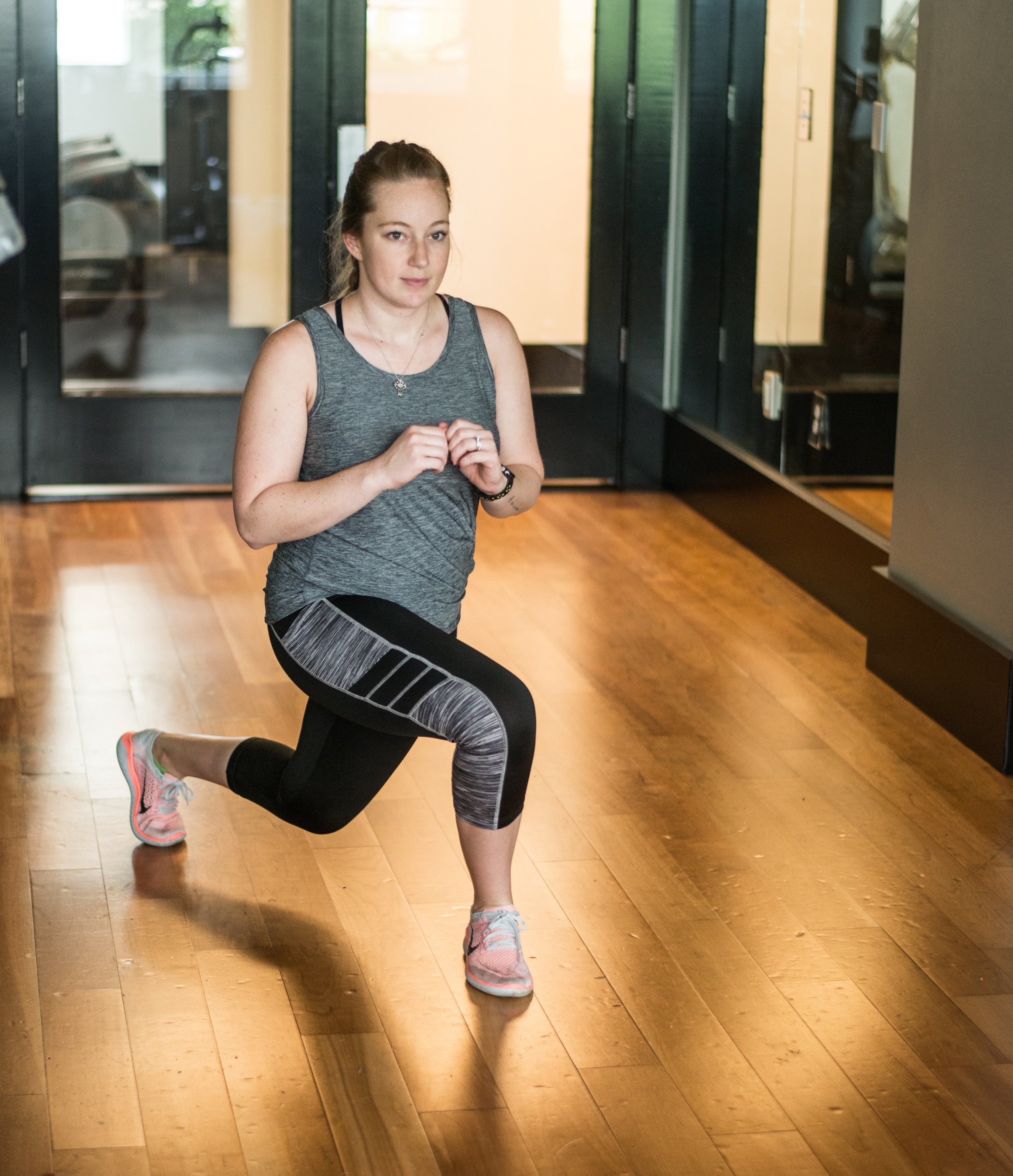
Weight management is a complex topic because food is complex. From a nutritional standpoint, the goal of food is to provide the necessary nutrients to perform our everyday tasks. But, food is so much more than simply a means to an end. Food has the ability to trigger a memory, bring people together, provide comfort, and even explore different cultures. For these reasons and many more, weight loss can be difficult. Researchers in the field of nutrition have been trying for years to pinpoint what contributes to successful weight loss and the answer is this: a variety of factors. Factors such as mindful eating, physical activity, fruit and vegetable consumption, and tracking have been shown to play a role in successful weight loss and weight management. However, new research is showing how social supports, meaning your family and close friends, can also have an impact on how well these healthier choices are integrated into your everyday life.
One study1 found that supportive coworkers, friends, and family had a positive effect on weight reduction, even after 2 years. The study also found that participants who had family members that discouraged healthy eating habits gained weight. Not only was this true for weight loss, but also maintaining weight after participants lost a significant amount of weight2. Researchers also found that positive versus instructive support from friends and family was more beneficial in terms of maintaining weight loss.
All in all, successful weight loss and weight management is unique to each individual. One technique that works for one person may not work for another. While keeping this in mind, there are important strategies and helpful techniques that can be beneficial for anyone trying to adopt a healthier lifestyle. It’s important to find supportive people in your life to cheer you on through your weight loss journey.
References
1 Wang, M. L., Pbert, L. and Lemon, S. C. (2014), Influence of family, friend and coworker social support and social undermining on weight gain prevention among adults. Obesity, 22: 1973-1980. doi:10.1002/oby.20814
2 Karfopoulou, E., Anastasiou, C.A., Avgeraki, E. et al. The role of social support in weight loss maintenance: results from the MedWeight study. J Behav Med (2016) 39: 511. https://doi.org/10.1007/s10865-016-9717-y
You may also enjoy:
Limit Ultra Processed Foods to Better Manage Weight
Impact of Mindful Eating on Weight
Don’t miss another great blog: Subscribe Now

